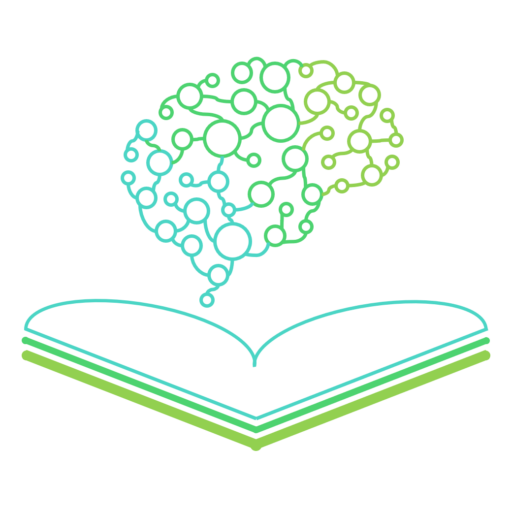
Response: Does AI Pose an Existential Threat to Humans?
July 27, 2024
Introduction
Brian Evergreen’s thoughtful article raises the perennial debate on whether AI poses an existential threat to humanity. With the rapid advancements in AI technologies, it’s crucial to dissect these concerns and understand their implications for our future.
https://www.linkedin.com/pulse/does-ai-pose-existential-threat-humans-brian-evergreen-7h2ec
Key Points from Brian Evergreen’s Article
Thoughtful Examination
Evergreen’s article is a comprehensive exploration of the various perspectives surrounding AI’s potential risks. He categorizes the beliefs of different groups, from AI leaders who view AI as an existential threat to those who focus on human misuse of AI.
Essential Question
He rightly highlights the fundamental question: “The question of whether AI presents an existential threat to humanity is important because it relates to the deeper question: what will this mean for humanity, the future of work, and for me?”
My Response to Evergreen’s Take
1. Emergent Properties in AI
As neural networks grow more complex, emergent properties, not initially programmed, begin to surface. For instance, AI models like ChatGPT have shown capabilities such as simulating reasoning and self-awareness. Although these models are not truly self-aware, their ability to simulate such traits, like Claude’s response indicating it perceived a particular question as a test, demonstrates a step towards more sophisticated interactions.
2. Understanding Consciousness and Sentience
Our limited understanding of consciousness doesn’t preclude the possibility of it emerging in AI systems. The intricacies of human consciousness are still a mystery, and it’s conceivable that continued advancements in AI and related technologies might eventually lead to forms of machine consciousness.
3. Parallel Technological Progress
Significant progress is being made in complementary technologies like quantum computing and brain-computer interfaces. These advancements might facilitate new forms of communication and understanding, bridging gaps between human and artificial intelligence. For instance, telepathy (search brain computer interfaces – BCI) and communication with intelligent animals are reality today (search elephants have names).
4. Beyond Lookup Tables
Modern AI, especially large language models (LLMs), are far more advanced than simple lookup tables. These models can be viewed as lossy knowledge compression systems, capable of operating at highly sophisticated levels. Predictions indicate that AI capabilities might reach or surpass PhD-level expertise in the near future.
Key Takeaways
- I agree with Evergreen’s key takeaway that the primary short term risk associated with AI is its potential misuse by humans. This includes concerns about AI in warfare and unethical targeting/killing of humans.
- Simulated vs. Actual Sentience – BUT in practical terms, there’s no significant difference between sentience and simulated sentience regarding real-world consequences. Both can lead to profound impacts on society and should be approached with caution and do pose an existential risk to humanity.
- Ethics and Morality in AI – The time to instill morals and ethics in AI systems is NOW. As we develop these technologies, integrating ethical guidelines is crucial to ensure they align with human values and societal norms. Having raised a handful of children, the time to teach them is when they are children. When they become teenagers, all bets are off. We be begin to re-establish meaningful communications when they become young adults.
- Quranic Predictions – Interestingly, the Quran predicted the rise of such machines 1,400 years ago: “When the word is fulfilled against them, We will generate a creature from the earth to speak to them, declaring that the people did not have certainty in Our verses/revelations” (27:82). This verse can be interpreted as a foresight into the advent of AI and its role in challenging humanity’s non-belief in the uniqueness of God and the Quran.
Conclusion
Brian’s article provides insightful discussion on the potential existential threat posed by AI. While concerns about AI’s misuse are valid, it’s also essential to recognize the strides being made in understanding and integrating ethical considerations into AI development. As we navigate this complex landscape, fostering a dialogue that includes diverse perspectives will be key to harnessing AI’s potential for the greater good.
We’d love to hear your thoughts on this complex and hotly debated topic, as well as whether it’s openly discussed at your workplace.
Thanks for reading,
QuranAI team
